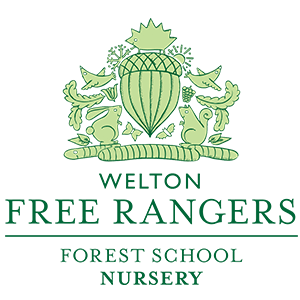Today whilst on lunch, Lucy approached me with puppy looking eyes saying my name very sweetly “Lauren, you're a forest school leader!” Of course, my initial reaction was to say “I'm too busy” but I sat and listened. She asked if I could write down a few reasons why we use fires on forest school and the benefits of this.
Firstly our main reason for a fire is to keep warm. During the winter months on forest school it can get very chilly out in the paddock and as adults, we understand the cold weather whereas children won't so much. Apparently only at the age of 7 do children really understand their body temperature. For example knowing when to put a coat on or take a jumper off. We often light a fire as we sit having snack and keep this fuelled for the whole session. Pre-school stay in the paddock longer than the Burrowers in the winter as we try and keep our timings short due to the cold weather.
Another reason we have fires is of course for beverages and food. On holiday club we light 2 fires during the day. One for lunch and one for very naughty 'smores' with a hot chocolate. As a nursery we would love to use the fire more to make food whether for snack or lunch but due to timings it's something we would really have to plan towards. Of course we do love to have a marshmallow over the fire, it's a nice treat for the children and allows them to light a fire for a purpose. As well as making fires in the fire pit we also use the Kelly Kettle to boil water. This is an amazing bit of kit that we often use if we need hot water.
Often when we tell parents, carers or visitors that we have been around a fire a few shocked faces appear when hearing their child has been involved with fires. Our main reason for this is the children are briefed every session, whether the fire is involved that week or not, to how we treat the fire. They are reminded how we respect the fire. This is by placing sticks on the fire, being on our knees, not putting our hands over the top the fire. The children understand that if we don't respect the fire we could burn ourselves. The children are then reminded what to do in case they have a burn (run it under the cold tap or go to the burns kit). With the Burrow children we don't go into so much detail with the children due to their ages but we do a brief overall discussion about the fire being hot and the dos/don't.
In the UK burns and scalds can happen in any household and very rarely actually happen through fire but mainly cooking, hot drinks and electrical goods such as hair straighteners. Around 6 toddlers are sent to hospital every day due to a burn or scald. I have attached a few fact sheets below on how to reduce risks and some activities you may want to look into.
For more information on the prevention of burns both at home and in the work place, you can follow this link below to learn more!
http://www.avon.nhs.uk/phnet/avonsafe/Hot%20Drink%20Scalds/parents/3.%20CAPT%20factsheet.pdf
Thanks for reading,
Lauren





